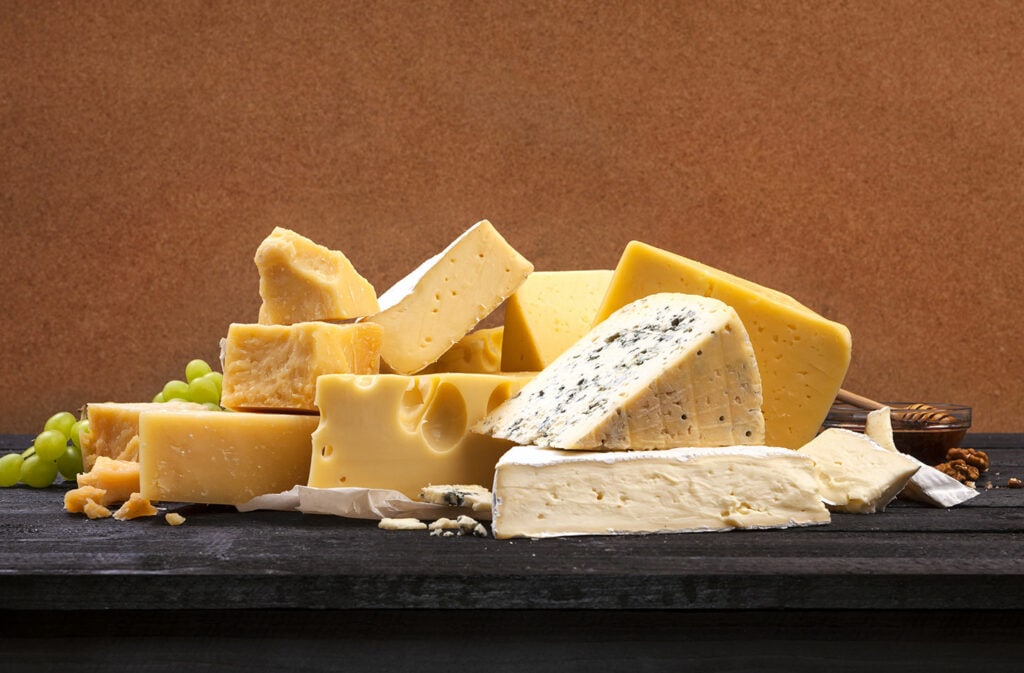With the fourth round of negotiations towards an EU-New Zealand Free Trade Agreement currently underway in Wellington, New Zealand cheesemakers are warning that European proposals to protect names of many common foodstuffs may stifle local investment and innovation in cheesemaking, and limit choices for New Zealand consumers.
The New Zealand Specialist Cheesemakers Association (NZSCA) and the Dairy Companies Association of New Zealand (DCANZ) are concerned that the extensive ‘Geographical Indications’ (GIs) framework proposed by the EU could limit future use of common cheese names by New Zealand cheesemakers.
“We would be concerned if the trade agreement started to remove choice for New Zealand consumers. Our cheesemakers have spent years developing their products and brand identities. It would be hugely disruptive and potentially very costly if the agreement saw iconic and award-winning New Zealand products like Meyer Vintage Gouda, Zany Zeus Creamy Feta, Talbot Forest goat parmesan, or Clevedon Buffalo Mozzarella put at risk,” says Mike Hannah of the New Zealand Specialist Cheesemakers Association.
DCANZ Executive Director, Kimberly Crewther, notes the EU’s GI agenda has intensified in recent years and is now extending to a broad range of cheese names that are globally generic, rather than geographically unique in nature.
“In pursuit of commercial advantage for European producers, the EU is ignoring common food heritage to extend protection to cheese names that have been produced and traded between many geographies for decades,” Crewther explains.
There is a lot at stake for the New Zealand dairy industry with New Zealand exports of $2 billion worth of cheese exports each year. New Zealand also has a diverse and growing community of specialist cheesemakers, some of whom have used common cheese names on the local market for decades, reflecting our rich history of immigration. In both the international and domestic market, New Zealand cheesemakers compete with products from many countries, including the EU, where producers enjoy significant subsidies.
“The potential costs of losing the opportunity to use common cheese names are wide-ranging, in terms of loss of investment, intellectual property, rebranding and relabelling. But it is more difficult to see how New Zealand consumers, or even EU producers, would be better off under this scenario,” says Hannah.
“Locally made cheeses like havarti, halloumi and gouda are no longer strongly associated with European locations,” he notes. “There are long family and company heritages behind many local New Zealand specialty cheeses. This history has been the foundation of the dynamic and innovative cheesemaking we are seeing today.”
The Associations urge the negotiators to work towards agreement outcomes that will comprehensively remove barriers and distortions from global dairy trade, rather than creating new ones for New Zealand producers. “The EU and New Zealand are both major dairy exporters, so there is an opportunity in the EU-NZ FTA to agree something quite significant for global dairy trade and policy,” says Crewther.
“Unfortunately, we have the impression that the EU is seeking to create new protections for European cheese in the New Zealand market whilst also maintaining the existing high levels of protection which limits European customers from being able to choose New Zealand products,” says Crewther.

